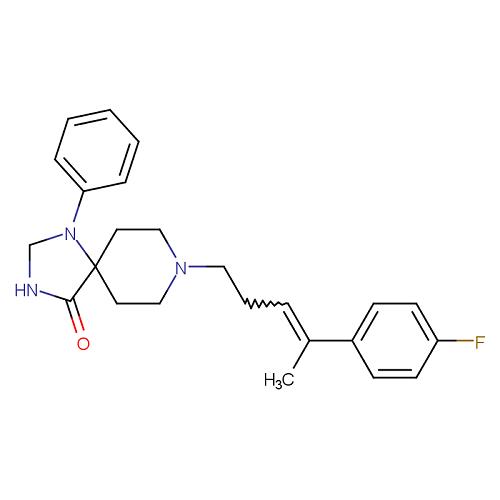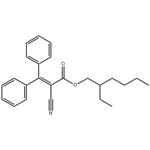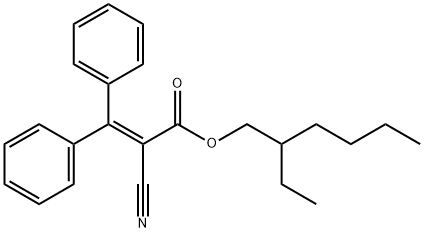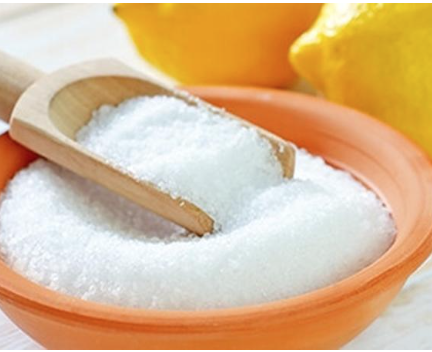Octocrylene: An Insight into its Significance within Sunscreen Formulations and Beyond
Abstract
Sunscreens, a ubiquitous presence in our daily lives during sunny seasons, serve as a vital shield against the harmful effects of ultraviolet (UV) radiation. These formulations are designed to absorb, reflect, or scatter UV rays, thereby preventing them from penetrating the skin and causing damage. Among the numerous ingredients that constitute sunscreens, Octocrylene stands out as a particularly noteworthy component due to its unique properties and widespread use.

The Evolution of Sunscreens
The history of sunscreens can be traced back to ancient civilizations, where individuals resorted to natural substances such as plant extracts and oils for protection against the sun. However, it was not until the early 20th century that scientific advancements allowed for the development of more effective sun protection products. The first commercial sunscreen, introduced in 1928, contained para-aminobenzoic acid (PABA), marking a significant milestone in sun care.
Over the years, sunscreens have evolved significantly, with improvements in both efficacy and safety. The introduction of organic and inorganic UV filters has revolutionized sun protection, enabling the creation of broad-spectrum formulations that shield against both UVA and UVB rays. These advancements have been crucial in mitigating the risks associated with excessive sun exposure, including skin cancer, premature aging, and sunburn.1
Understanding UV Filters
Sunscreens primarily function through the use of UV filters, which can be classified into two main categories: organic (chemical) and inorganic (physical) filters. Organic filters, such as those found in many modern sunscreens, work by absorbing UV radiation and converting it into heat, which is then released from the skin. In contrast, inorganic filters, commonly known as physical blockers, work by reflecting and scattering UV rays away from the skin.
Within the realm of organic UV filters, certain compounds have gained prominence due to their effectiveness and stability. While Octocrylene is indeed one such ingredient, it is important to explore the broader context of these filters to fully appreciate their significance.2
The Role of Organic UV Filters
Organic UV filters offer several advantages, including ease of incorporation into various formulations, cosmetic elegance, and broad-spectrum protection. They are particularly effective at absorbing UVB rays and, in some cases, UVA rays as well. These filters function by absorbing UV radiation at specific wavelengths, preventing it from reaching the skin's surface.
Among the array of organic UV filters, certain compounds have demonstrated exceptional photostability and efficacy. These include avobenzone, oxybenzone, and, of course, Octocrylene. Each of these ingredients contributes uniquely to the overall performance of sunscreen formulations, with Octocrylene particularly noted for its ability to stabilize avobenzone, a critical UVA filter, thereby enhancing its effectiveness and longevity in sunscreen products.3
Key Player in Sunscreen Formulations
Octocrylene, although mentioned sparingly in this review, plays a pivotal role in modern sunscreen formulations. Its inclusion in sunscreens is often driven by its ability to enhance the stability of other UV filters, particularly avobenzone, which is prone to degradation when exposed to sunlight. By acting as a stabilizer, Octocrylene helps to maintain the broad-spectrum protection of sunscreens, ensuring they remain effective throughout their intended use.
Furthermore, Octocrylene itself exhibits strong UV-absorbing properties, particularly in the UVB range. Its photostability and compatibility with other ingredients make it a valuable addition to sunscreen formulations, allowing for the creation of stable, effective, and cosmetically appealing products.4
Other Applications
While Octocrylene's primary application lies within sunscreen formulations, its unique properties have also led to its incorporation into other personal care products. For instance, it has been used in certain cosmetic formulations as a stabilizer and enhancer of product efficacy. Additionally, its ability to absorb UV radiation has been explored in applications such as coatings for plastics and textiles, further highlighting its versatility.5
Environmental and Health Considerations
As with any widely used chemical, concerns regarding the environmental impact and potential health effects of Octocrylene have emerged. Studies have suggested that this ingredient, along with other sunscreen components, may contribute to coral reef degradation when washed off swimmers into marine environments. This has prompted discussions and regulatory actions aimed at mitigating such impacts.
In terms of human health, Octocrylene is generally considered safe for use in sunscreens when used as directed. However, like any chemical, it can cause skin irritation or allergic reactions in some individuals. Therefore, consumers are advised to perform skin tests before regular use and to select products that suit their specific needs and sensitivities.
Conclusion
In conclusion, while Octocrylene plays a significant role in enhancing the performance and stability of sunscreen formulations, it is important to recognize that it is just one component within a broader landscape of UV filters and sun protection strategies. The evolution of sunscreens from simple natural extracts to complex, broad-spectrum formulations demonstrates the remarkable progress made in safeguarding human skin from the harmful effects of UV radiation.
As research continues to uncover new insights into the efficacy and safety of sunscreen ingredients, the development of even more advanced and sustainable sun protection products is on the horizon. The journey towards optimal sun care is ongoing, with Octocrylene serving as a valuable piece in the puzzle of effective UV protection.
References:
[1] MARTINE AVENEL-AUDRAN. Octocrylene, an emerging photoallergen.[J]. Archives of dermatology, 2010. DOI:10.1001/archdermatol.2010.132.[2] ANTON C. DE GROOT D W R. Contact and photocontact allergy to octocrylene: a review[J]. Contact Dermatitis, 2014, 70 4: 193-260. DOI:10.1111/cod.12205.
[3] PABLO GAGO-FERRERO. First Determination of UV Filters in Marine Mammals. Octocrylene Levels in Franciscana Dolphins[J]. 环境科学与技术, 2013, 47 11: 5517-6068. DOI:10.1021/es400675y.
[4] QIUYA Y. ZHANG . Assessment of multiple hormone activities of a UV-filter (octocrylene) in zebrafish (Danio rerio)[J]. Chemosphere, 2016, 159: 1-678. DOI:10.1016/j.chemosphere.2016.06.037.
[5] CAROLE JAMEY B L Antoine Tracqui. Sexual abuse and anti-wrinkle cream: Evidence from octocrylene[J]. Forensic science international, 2012, 215 1: 1-198. DOI:10.1016/j.forsciint.2011.02.012.
See also
Lastest Price from Octocrylene manufacturers

US $0.00/kg2025-09-10
- CAS:
- 6197-30-4
- Min. Order:
- 1kg
- Purity:
- 99%min
- Supply Ability:
- 20tons

US $0.00-0.00/kg2025-08-21
- CAS:
- 6197-30-4
- Min. Order:
- 1kg
- Purity:
- 99%
- Supply Ability:
- 1


